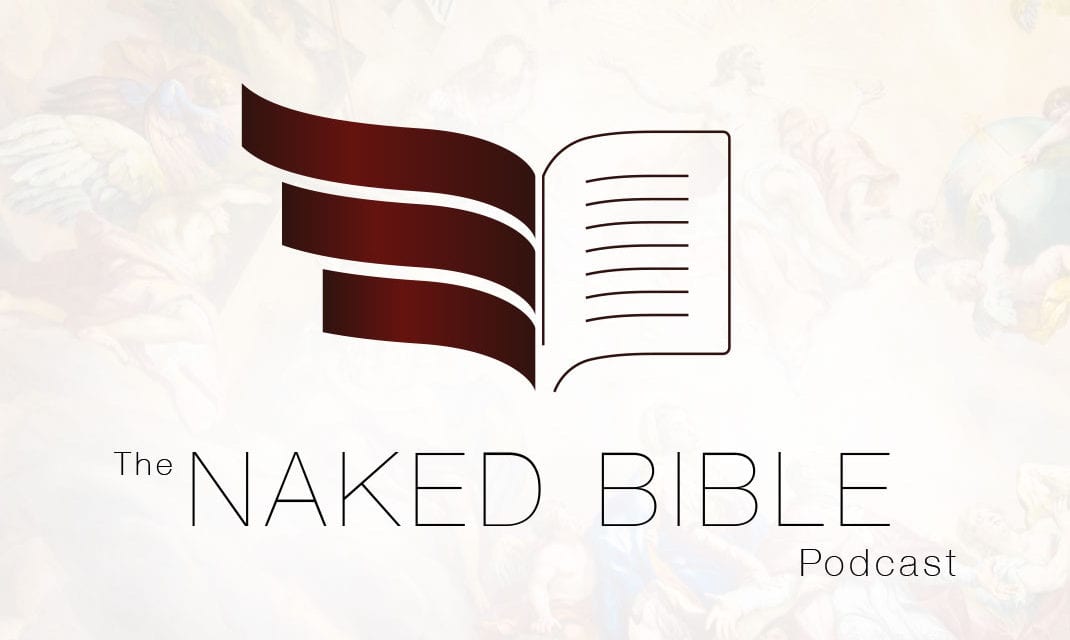Ezekiel 31 is part of the prophet’s oracles against Egypt (chs. 29-32). The chapter strikes an analogy between the mighty nation of Egypt and a great cedar tree in Eden, the envy of other glorious trees in the garden of God. The symbol of the “world tree” or “cosmic tree” is well known, not only to scholars of the ancient Near East, but other cultures as well. The cosmic tree represents a mythological pillar or column that unites all elements of Israel’s ancient three-tiered cosmology. Its branches reach the heavens; its trunk is fixed to the earth, while its roots descend into the subterranean deep of Sheol. It gives life to everything living thing yet it intersects with the realm of the dead. As with Ezekiel 28, many scholars presume the point of that the great tree is Adam, to whom Pharaoh is being compared and judged for his hubris. This common assumption misses the meaning of the primeval cosmic tree and its associated forest as this episode details.
The episode is now live.





Since as you say, the tree metaphor doesn’t match the geographical markers for Eden in Genesis 2, and the tree is simply representative of other, spiritual realities. I don’t see why the same can’t be true of the “flat earth” verses, I see no verse that describes the earth as literally flat or solid-domed. The good Elohim and YHWH don’t literally dwell in space, but using the word for sky “shamayim” could be used as a metaphor to describe unreachability, transcendance, and authority.
Once again, I see no good reason to re-interpret inerrancy to apply only to theology and exclude truths about nature.
geocentrism wouldn’t be a “truth” about nature, so I’m not sure of what precisely you’re angling for. If you opt for taking all these things as conceptual metaphor (today) I suppose you could, but to say the ancients believed something else like we do doesn’t seem plausible because they lacked the means to know any different (unlike us).
See my cosmology lecture for the verses about the round flat earth, dome, and such.
As said, since the tree is not described as a literal, physical tree. I don’t think the language claimed to be describing the earth as: flat, domed, and the center of the universe is meant to be taken with wooden literalism, as though the author believed this was literally the way the world worked. That would indeed be an error in the bible.
ah – got it.
Very many thanks to the kind soul who is updating the Podcasts into PDFs. If it were not for such kindness I would be unlikely to get the richer benefits from them that I do by being able to read the PDFs. Thank you!!!
That’s Brenda — she’s doing a very good job!